Health Managers raised a wide range of concerns including centralisation, working in silos, increasing paperwork, resource allocation and differences between patients’ and providers’ priorities at the HMI Forum in Beaumont Hospital, Dublin. Maureen Browne reports.
Senior Health Managers from all over Dublin and the North East who attended the HMI Forum in Beaumont Hospital raised a wide range of issues with the speakers in a very lively plenary session where the large crowd vied with each other to ask questions.
They raised concerns about working in silos, centralisation, frameworks, pathways and pathfinders, the quantity of paperwork involved in the increasing measurement of the health services, resource allocation and differences between patients’ and providers’ priorities.
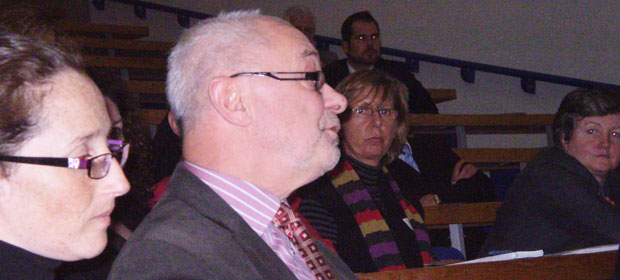
In answer to a query on how members of a top management team can work collaboratively to deliver better results in view of the fact that the health system itself works in silos, Marie Keane, Director of Nursing at Beaumont said their vision was a shared vision. Leadership was about involving everybody and then enabling them to take ownership. Beaumont CEO Liam Duffy said people needed to sit in rooms together, agree where they wanted to go and build up a working relationship, so that they went out as a management team rather than lay management and clinical management. In Beaumont clinical, nursing and support leadership made things happen. He said that centralisation and micro management caused confusion. Services needed to be tailored in the context of meeting local needs.
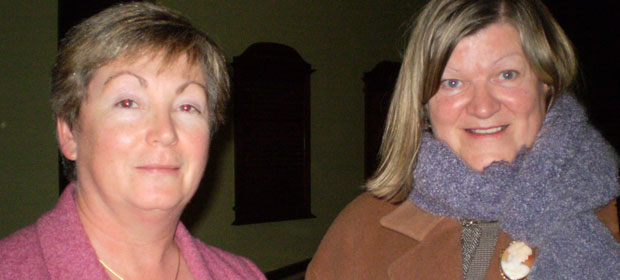
Another manager had concerns about business models saying we had taken on a business model in healthcare but the health service is needs driven and led. It’s not like producing commercial entities when you could cease production when your budget was exceeded. “We can’t say we won’t treat any more patients. We have to decide whether we are running a business or a service.”
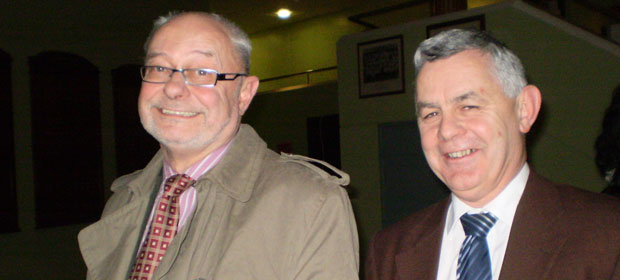
Hit with a stick
A Consultant Psychiatrist was worried about dementia in older people, saying their care was best delivered in nursing homes and it was important that we bought into a good quality nursing home service. At present in an acute hospital you could have a porter advising an older patient with dementia to return to his or her ward and get hit over the head with a stick for his trouble. If he had suggested the patient go for a walk or a cup of tea with him, that would have worked. Liam Duffy said that following Leas Cross people were asking themselves if they should have identified risk when people were admitted from there. It illustrated the dangers of acute hospitals and community services working in silos. For example if patients recovering from a stroke were being discharged home and needed a commode, the acute hospital should have the budget to provide it and give it to them the day they were leaving.
Dr. Barry White, HSE National Director, Quality & Clinical Care said they had started a process of engagement with nurses and doctors in the Dublin area to look at how they could optimise movement from one part of the service to another. He said that in Ireland we seemed to be diagnosing people as dying earlier than anywhere else (Patients seemed to average 21 days from diagnosis to death) Patients need not be dying in hospital and we needed to move forward to frameworks, pathways and pathfinders –people who have a role in ensuring that people don’t just get lost in the system. He said an overarching group had been established to define pathways for managing patient care in an integrated fashion around the whole system. It involved the Department of Health & Children, HIQA the HSE, the Mental Health Commission, Nursing and Allied Health Professionals and was due to start work next year.
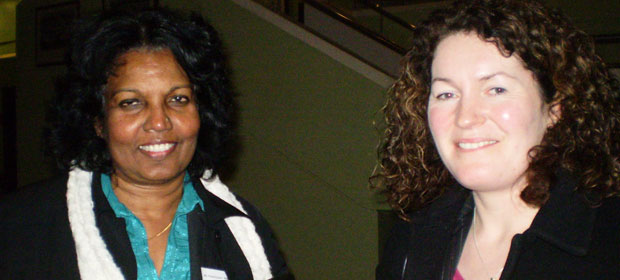
The increasing amount of measurement, assessment and the paperwork involved was a concern of many managers. It was pointed out that people were working in ever decreasing circles, the same small group of people arriving early and leaving late trying desperately to cope with all this paperwork.
Dr. White agreed that a large number of areas were being targeted for measurement and a huge amount of paperwork was involved. We would either have to rationalise our measurement or move towards electronic measurement. Otherwise we would need about 10,000 people just to carry out these measurements. It was important to carry out measurements without collapsing the system and he believed that to do this we needed more IT and perhaps to focus on very small measures that gave a good idea of what was happening. The challenge would be to rationalise the amount of measurements we took in each area.
Performance contracts
There was also discussion around performance contracts coming down the line, with managers wondering if there would be a whole system approach to resource allocation if demand exceeded capacity in one place and capacity exceeded demand in another. Dr. White said that there were difficulties at this stage in ascertaining what was under resourced and what was over resourced. However, it didn’t mean that it wasn’t possible to pick off some “low hanging fruit.” There were unequal distributions around the country. For example, there were far more beds for older people in the west of Ireland than in the east and there was some level of inequality between the hospital and the community services which would have to be addressed at some level.
People were working in ever decreasing circles, the same small group of people arriving early and leaving late trying desperately to cope with all this paperwork.
One manager raised the issue of differences between managers’ and patients’ priorities. Patients might prefer a general OPD appointment so that they could have a day out, be concerned at early discharges and be very opposed to car parking fees. Liam Duffy said Beaumont worked with the Patients’ Council to get their views and to try and ensure that patients understood the reason behind the way the hospital worked He also wondered if it was the hospital’s role to increase the throughput of patients or to provide a social day out for some. Marie Keane said that generally patients preferred to go home as soon as possible but if they were concerned they could be reassured by knowing they would have direct access back into the hospital without the need to go through A & E. In Beaumont Hospital a practice is in place following Day surgery where a patient gets a follow up telephone call post discharge to ensure that they were satisfied with no complications or major worries. On feedback patients felt this support was invaluable and aided in their recovery.
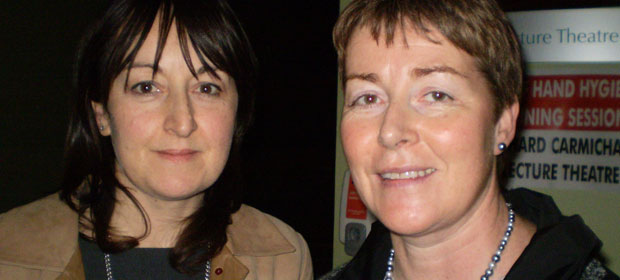
Liam Duffy said he believed other parts of the service should have HealthStat focus also. He was penalised if the numbers waiting in A & E exceeded a certain number but he hadn’t seen anything similar on the community side. He felt the HSE was reluctant to get into this because it had inadequate finance for long stay beds – they were waiting to get this part right before starting to measure.

